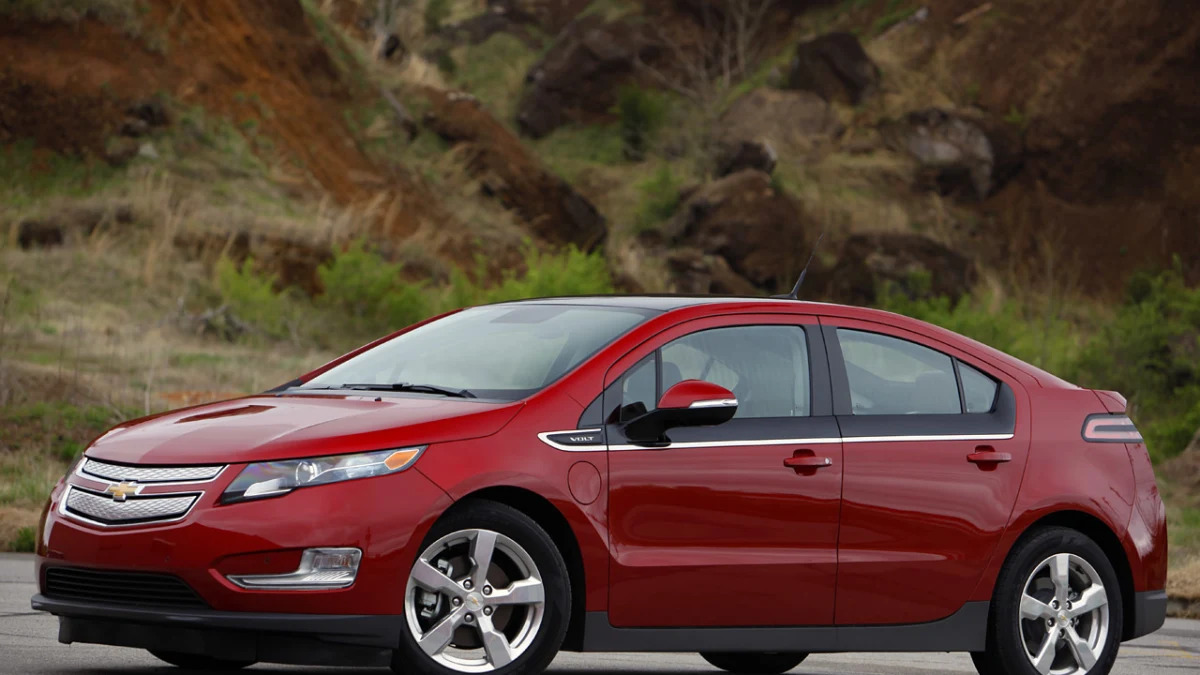FE notes that modern high-voltage batteries are designed with various safety systems to reduce the risk of a fire after a crash and that "hybrid and EV vehicles are statistically safer than their conventional counterparts because of stringent safety standards." Nonetheless, GM is updating its rules for how to deal with a crashed battery in light of the NHTSA incident. As noted before, the NHTSA may require all plug-in vehicle makers to update their procedures. That's probably a good idea, even if is could be seen as safety overkill. FE writes:Firefighters have been dealing with gasoline and diesel fuels as a vehicle fire hazard for more than 100 years. Electric power stored in a battery is not that different than a tank of gasoline. In both cases, large amounts of energy are stored for later use in the propulsion of the vehicle. When a gas tank is compromised and leaking, an ignition source is all that is needed to ignite a fire.
It is still important to remember that all cars that have been involved in collisions have a risk of fire. HID headlights, gasoline, and diesel fuels are a much more likely cause for a car fire after an accident than a high-voltage battery. Electric and hybrid vehicles are at no increased risk. We have confidence that the manufacturers of these excellently engineered vehicles will come up with an executable and reasonable response plan to deal with any battery issues. Chicken Little can rest easy tonight knowing that the sky is not falling.










Sign in to post
Please sign in to leave a comment.
Continue